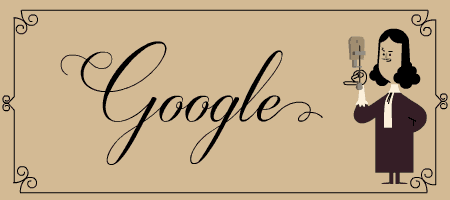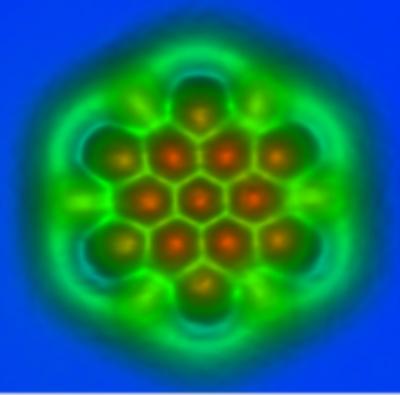This year’s October 24 marks the 384th anniversary of the birth of Antonie van Leeuwenhoek, the Father of Microbiology.
Van Leeuwenhoek first referred to the microorganisms as animalcules. He documented the details of muscle fibers, bacteria, and many other microscopic organisms. Born in Netherlands, Antonie van Leeuwenhoek was a tradesman and small-time politician. One of his longest-held jobs was as a draper until he opened his own shop.

The tradesman who authored microbiology
Van Leeuwenhoek desired to analyze the threads of textiles from up close, but the available magnifying glasses could not yield the level of detail he knew existed. As van Leeuwenhoek already had some experience working with glass, he created tiny glass spheres which were able to produce unprecedented magnification.
After this development, van Leeuwenhoek started studying microscopic structures. Eventually, word got out that he had developed the most advanced microscopes to date and the British Royal Society published one of van Leeuwenhoek’s letters containing some of his first drawings.

As a tradesman, van Leeuwenhoek did not believe that his findings could be deemed useful, but his friend Reinier de Graaf, who first described the anatomy of the human sexual apparatus, told him to keep working on his microscopes.
When he sent the Royal Society letters announcing the existence of unicellular living creatures, he was mocked in a response letter:
“Dear Mr. Anthony van Leeuwenhoek, Your letter of October 10th has been received here with amusement. Your account of myriad ‘little animals’ seen swimming in rainwater, with the aid of your so-called ‘microscope’ caused the members of the society considerable merriment when read at our most recent meeting. However, a vote having been taken among the members (accompanied, I regret to inform you, by considerable giggling) it has been decided not to publish your communication in the Proceedings of this esteemed society. However, all here wish your ‘little animals’ health, prodigality and good husbandry by their ingenious ‘discoverer,’” responded the Royal Society, even when his previous observations had been deemed as scientifically valuable.
Van Leeuwenhoek’s discoveries
Van Leeuwenhoek documented many microscopic structures. He discovered infusoria, which were microscopic aquatic creatures that lived in ponds; now they have been situated in the Protista kingdom. He also made the first observations of bacteria, microscopic organisms without a nucleus that are just a few micrometers long.
Now scientists know that bacteria were some of the first living beings to ever exist on Earth, seeing that they can survive in any of the planet’s habitats, including acid and radioactive environments. There are at least 5×1030 bacteria on Earth, more than every existing plant, and animal.

Van Leeuwenhoek is also responsible for discovering the vacuole, small organelles found in microscopic cells that carry enzymes or engulfed solids; spermatozoa, the primordial male reproductive cell; and the microscopic structure of muscular fibers, which appeared to be protein strings that slide one alongside the other, being able to contract themselves and allow the motion of larger body structures.
Antonie van Leeuwenhoek did not write any book or scientific paper. His scientific work consists of almost 200 letters that were sent to the Royal Society, added to another 300 that he wrote to other institutions. He continued to work even weeks before his death in 1723 when he was 90 years old.
Van Leeuwenhoek died of a disease that was unknown at the time, so it was named after him. It is a form of myoclonus with diaphragmatic flutter. Van Leeuwenhoek himself documented the disease, explaining that he suffered from hiccups or muscle spasms that can occur intensely in several periods throughout the day.
Only a handful of people has been diagnosed with van Leeuwenhoek’s disease. One of them is a man from Colorado Springs, who found relief only after trying medicinal marijuana.
Microscopy is fundamental for scientific research
The entire field of microbiology was once fully controlled by van Leeuwenhoek. Many offered their apprenticeship and aid but he refused to reveal his advances, as he reportedly managed to design and manufacture over 200 different microscopes and over 500 variations of lenses. His technique to create the lenses was only able to be reproduced as early as 1957.
Microscopy has become a vital part of scientific work, as it allows researchers to analyze the smallest structures and organisms to understand better our world, which in the end, is the same as the microscopic one.
Microscopy has gone to such lengths that scientists are already closing in on capturing images of atoms and electrons. The following image, taken with atomic-force microscopy, shows how atoms can bond to form a molecule. In other words, the picture shows the constitution of matter as we know it and as chemists and biologists have perceived it on larger scales throughout history.

